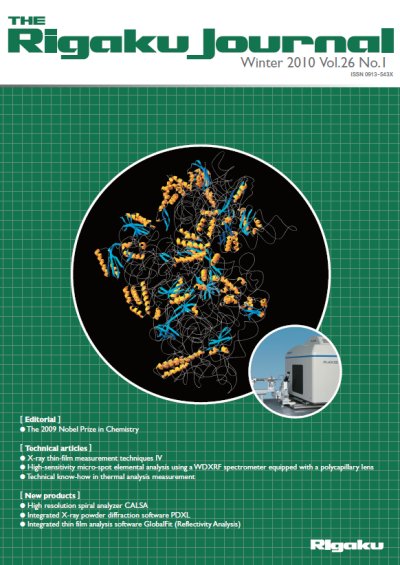The International Confederation for Thermal Analysis and Calorimetry (ICTAC) defines thermomechanical analysis (TMA) as a method of thermal analysis in which the temperature of a sample is being subjected to a defined temperature program, allowing changes, while a non-oscillatory load is being applied and that the deformation of the sample is being measured as a function of temperature or time. It is a technique that measures the dimensional changes of a sample due to heating or cooling.
The measurement results are plotted in a TMA curve where the temperature or time is plotted on the horizontal-axis, while the change in length (i.e., rate of change or expansion ratio) is plotted on the vertical-axis. In a TMA curve, an increase in the TMA measurement data represents expansion while a decrease denotes contraction.
The TMA curve can be divided into three regions. In the temperature range from 30 to 290°C, the glass expands linearly with increasing temperature. The expansion increases drastically from 290 to 310°C because of a glass transition. For temperature increases beyond 310°C, contraction is seen rapidly due to softening.
Using TMA, the expansion ratio and the coefficient of thermal expansion of the sample, as well as the softening temperature and glass transition temperature can be measured. The coefficient of thermal expansion (CTE) is defined as the expansion ratio per unit temperature of a calculated temperature range. The expansion ratio and the coefficient of thermal expansion of the glass at 30 to 250°C calculated from the TMA curve shown are 0.3% and 1.23105K1, respectively. Other TMA measurements include the determination of the sintering temperature and the volumetric contraction ratio caused by sintering of ceramic samples.
This paper summarizes effective techniques for common cases in performing TMA measurements. The overview of this paper include types of TMA measurements; differential thermal expansion principle and single expansion principle; sample preparation and sampling; sample setting; calibration and correction of measurement results; and high- accuracy measurement module.

